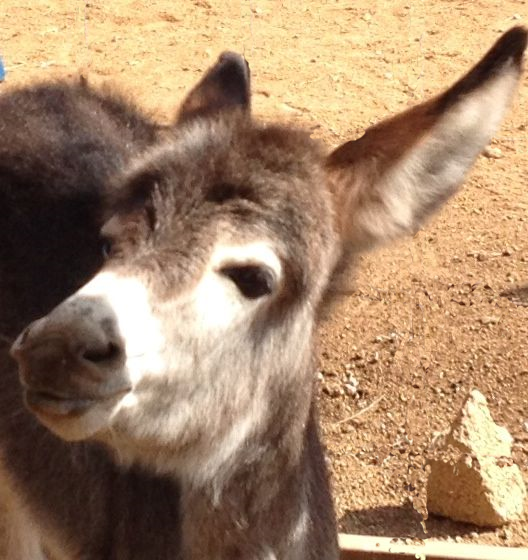
![Donkey Sanctuary Aruba [logo]](/portal/images/donkeysbyarien/still.png)
![Donkey Sanctuary Aruba [logo]](/portal/images/donkeysbyarien/still.png)
Around the year 1500 the Spanish brought the donkey to Aruba. Equus Asinus, the donkey, originates from Africa and migrated with the silk route to the Mediterranean. They can be distinguished by the stripe it has running from the ears to the tail, crossing at the shoulders.
The donkey played an important role in the Aruban economy since the beginning and was used as a way of transportation. Water distribution was one of their daily tasks
1820-1900
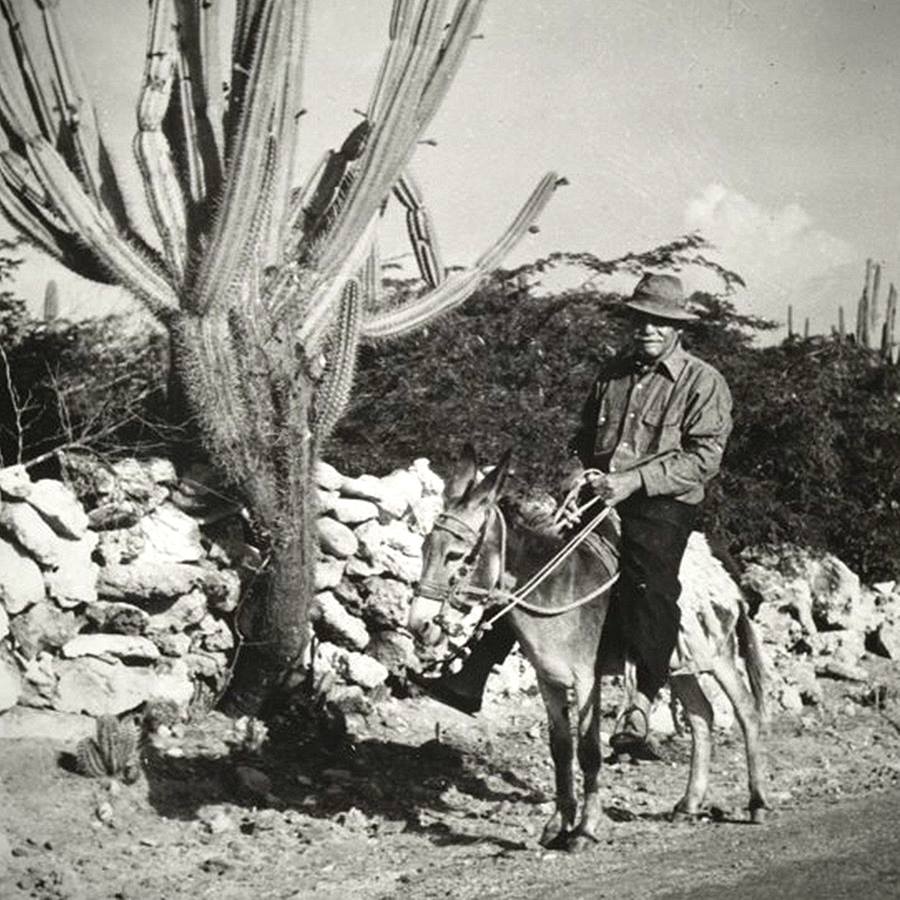
1920
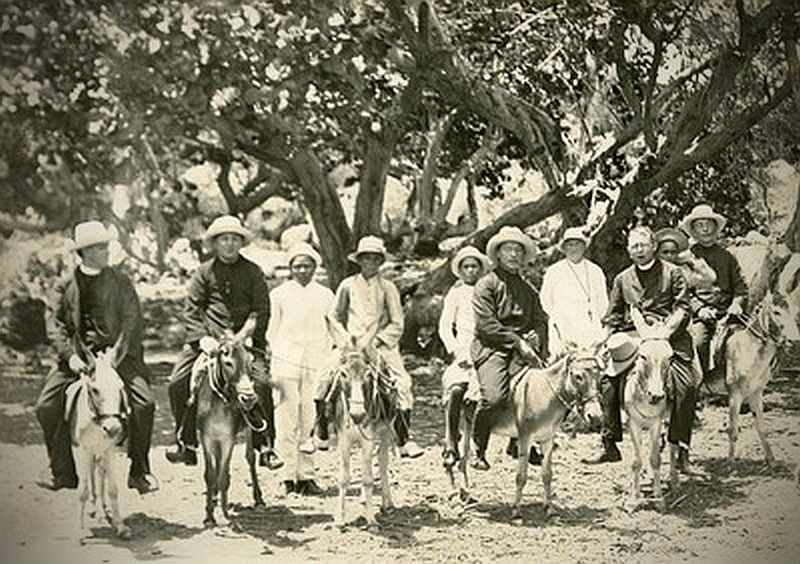
fraters 1922
1930

1930
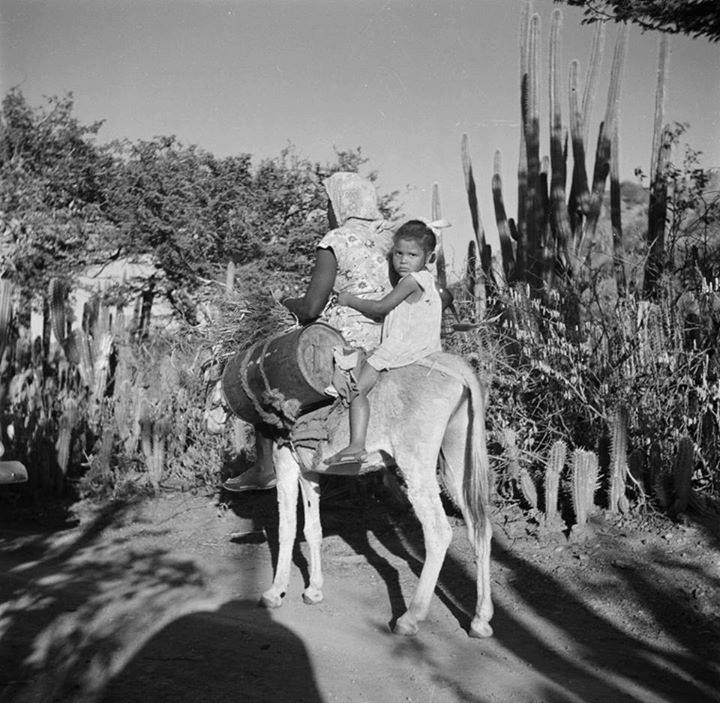
1947
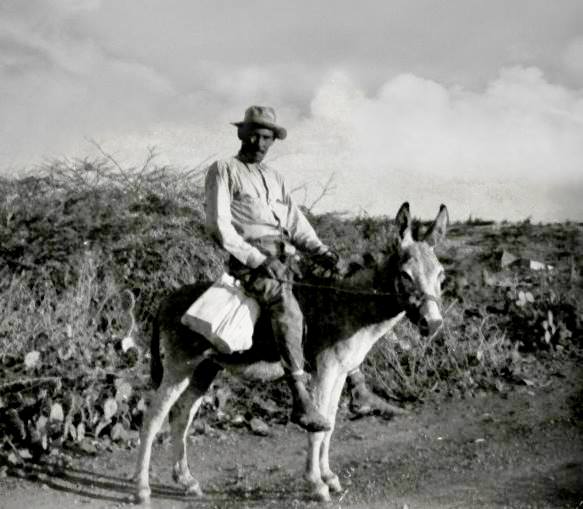
Dolores Geerman 1950
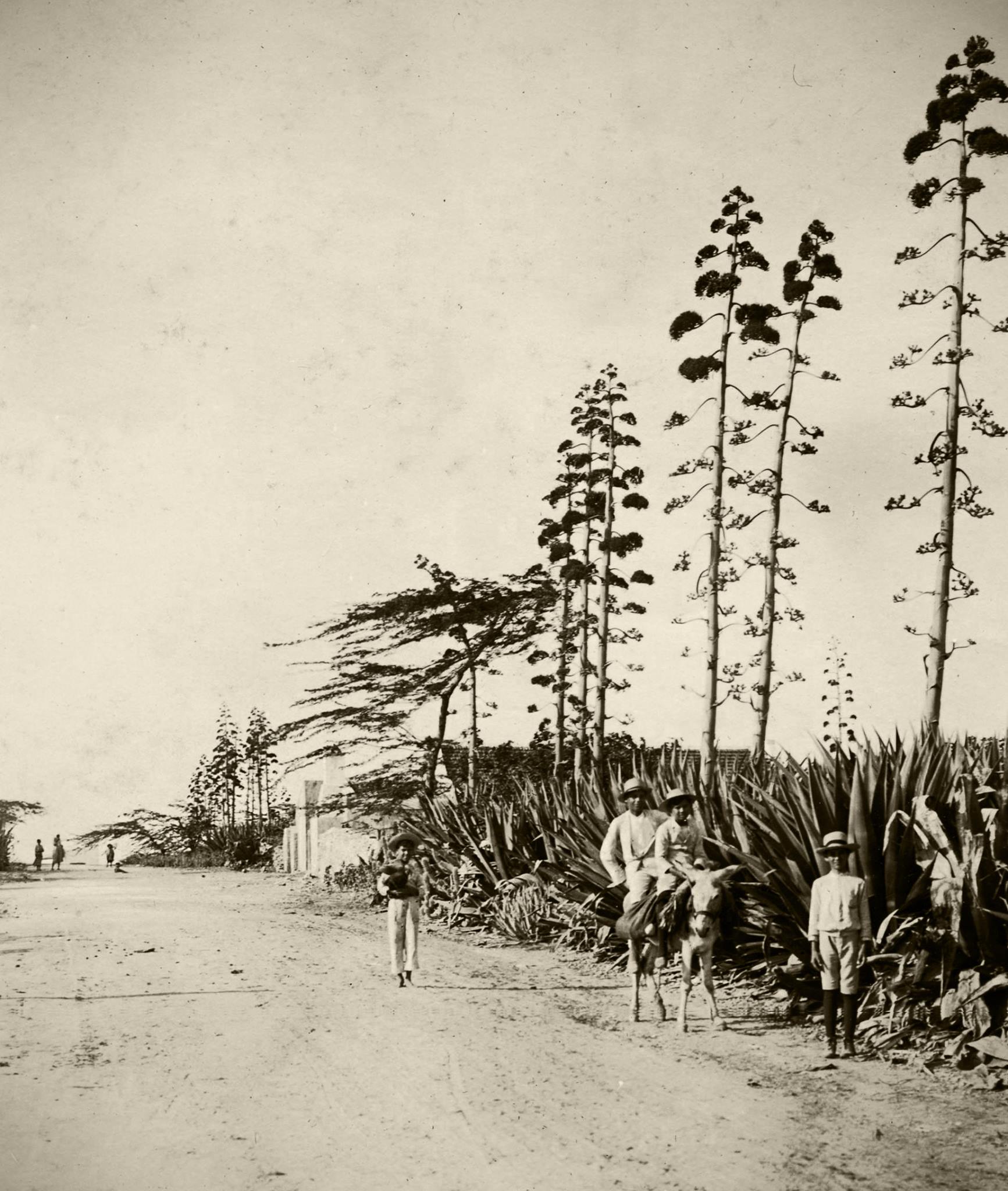
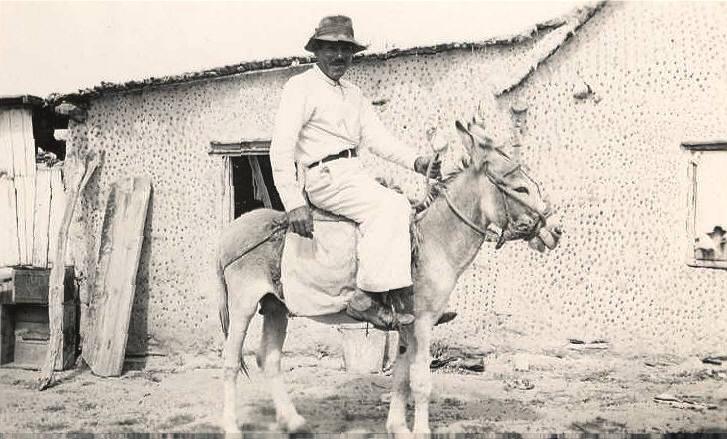
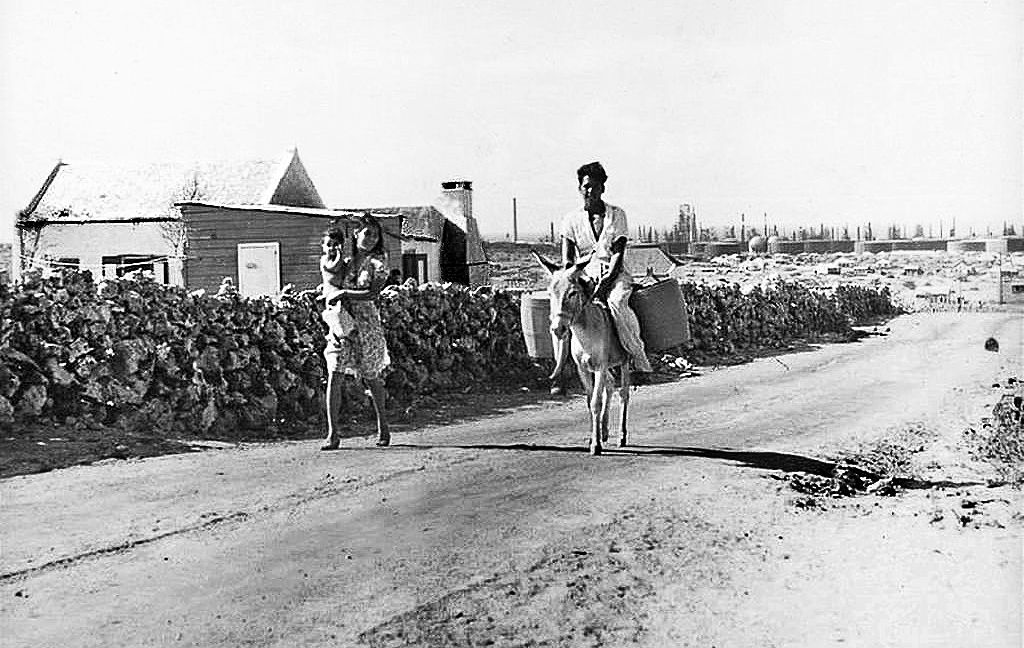
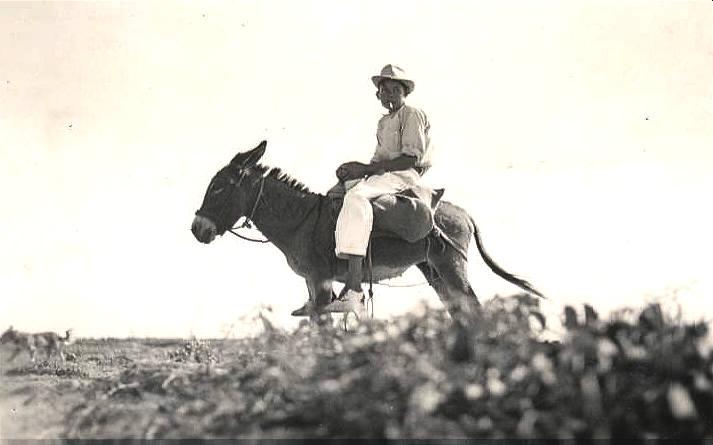
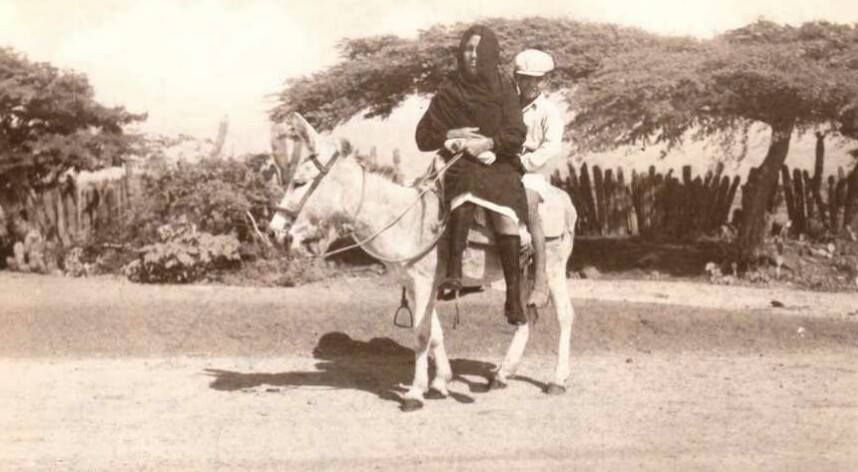
Transport water
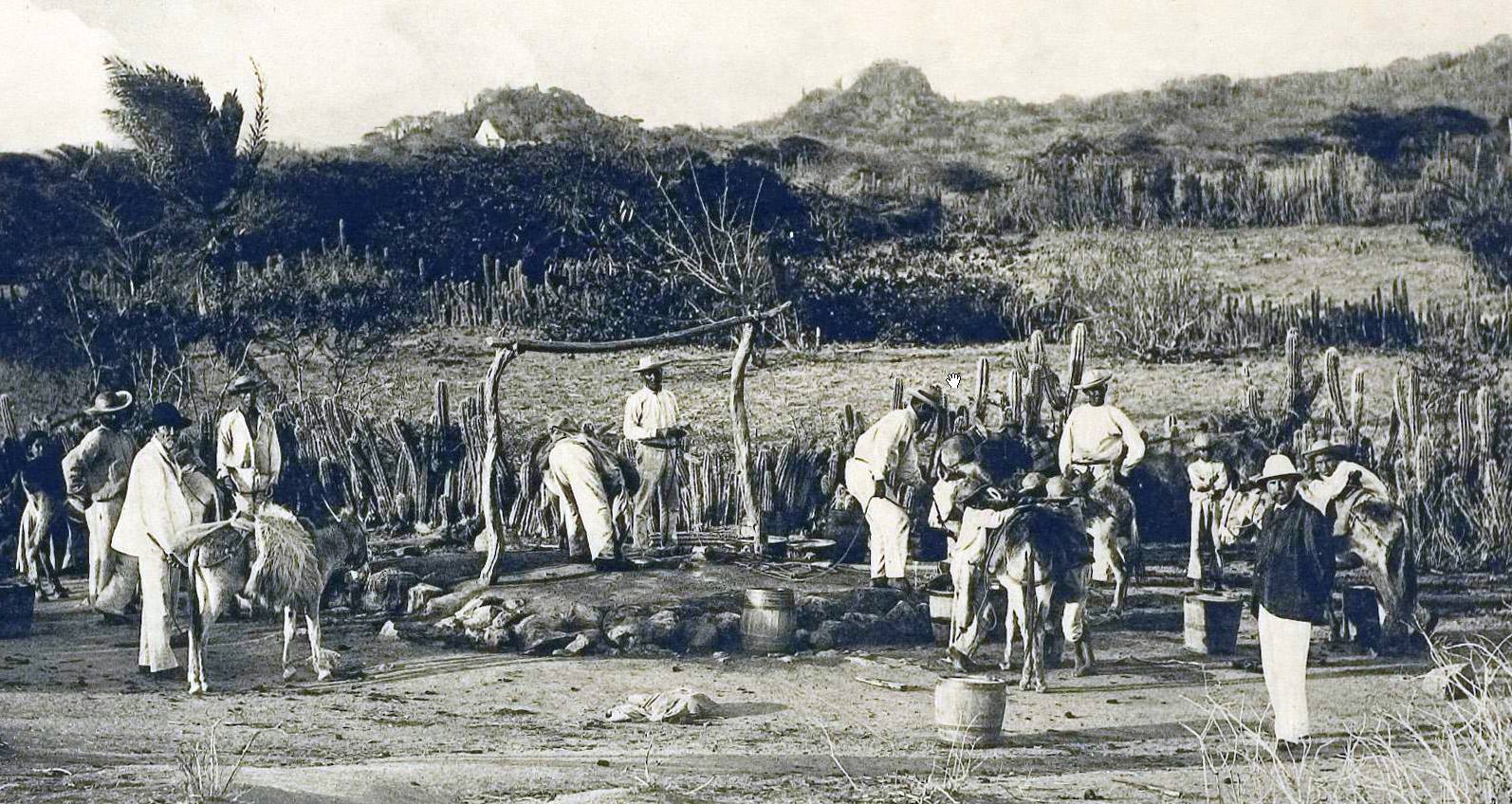 Pos Mahuma 1907
Pos Mahuma 1907
 1930
1930
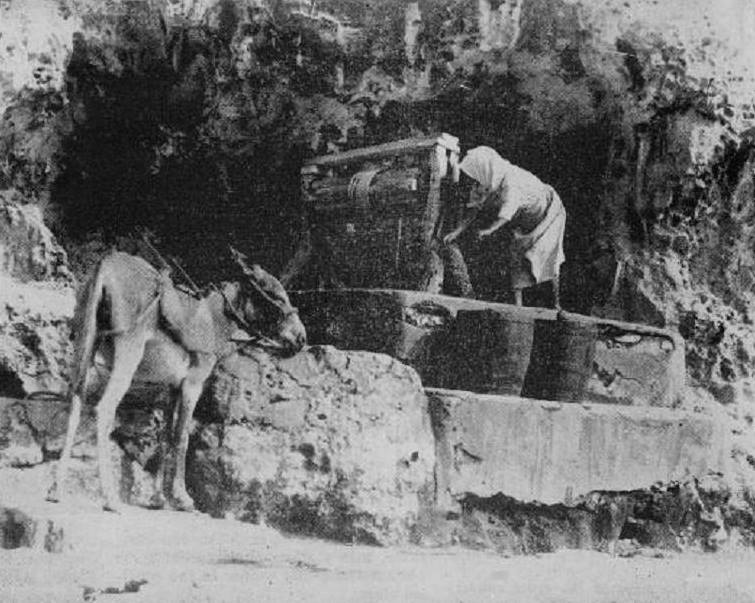 Pos Seroe Preto, San Nicolas 1945
Pos Seroe Preto, San Nicolas 1945
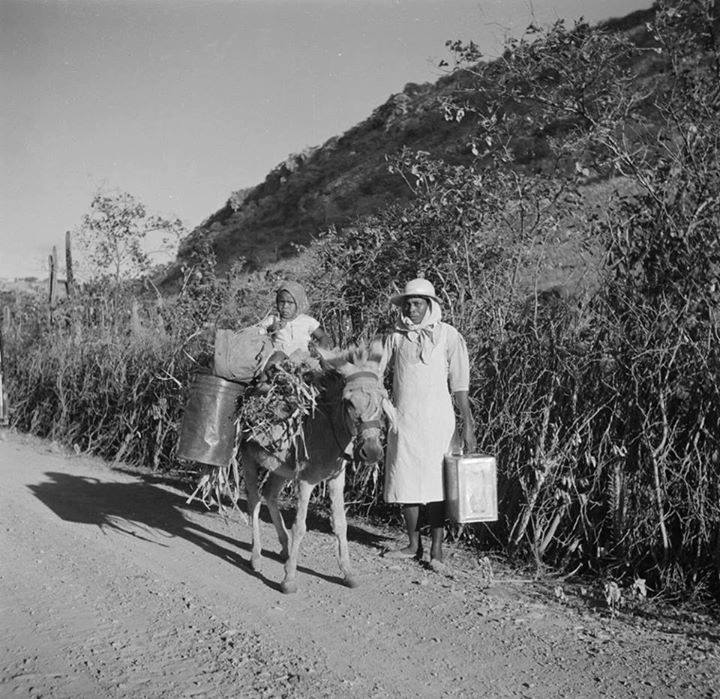
1947
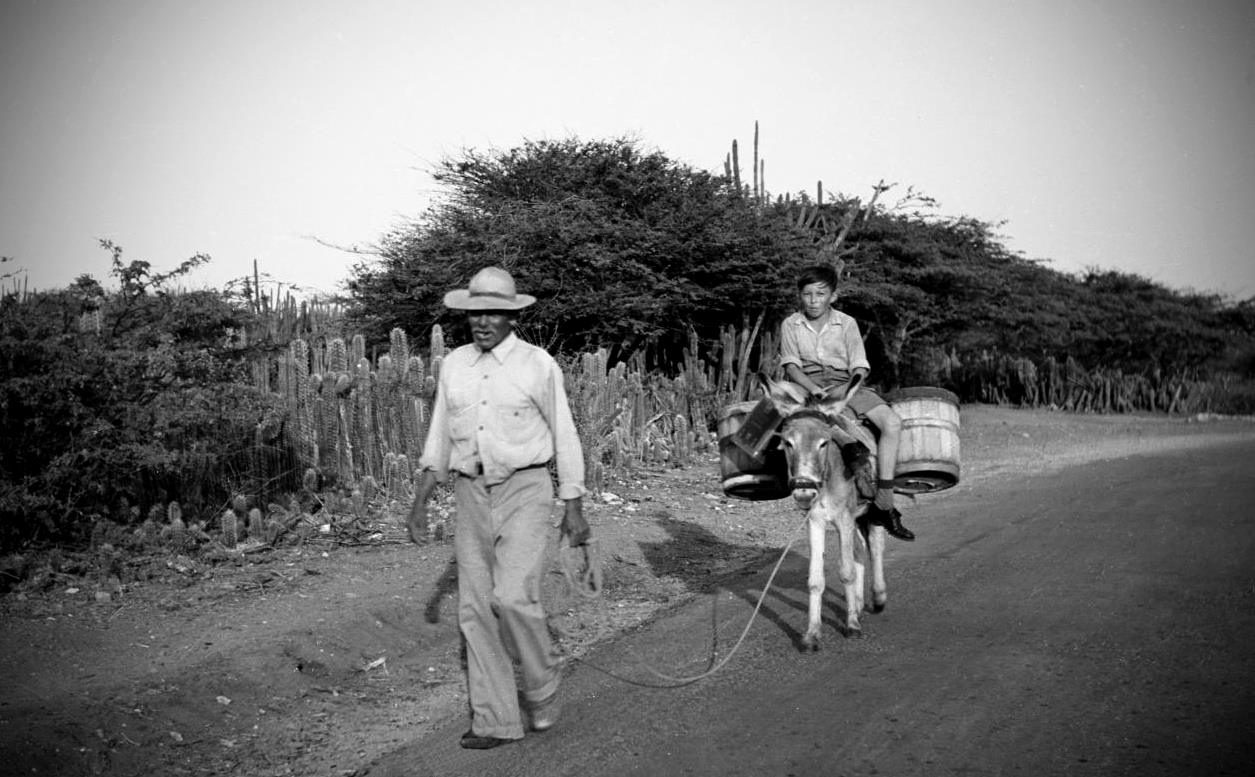 1947
1947
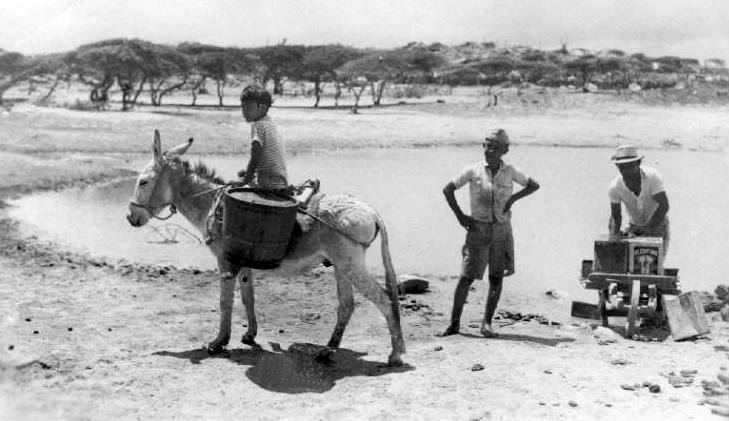
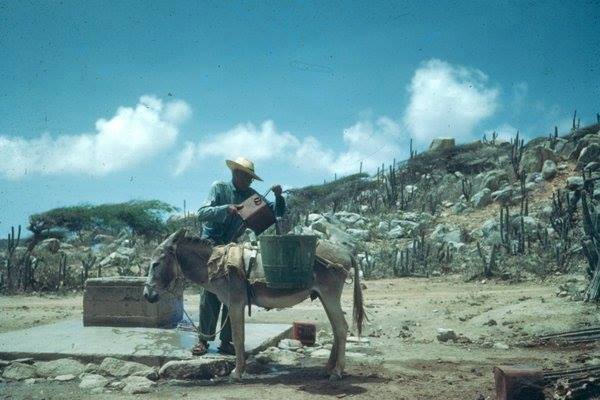
Pos Ayo
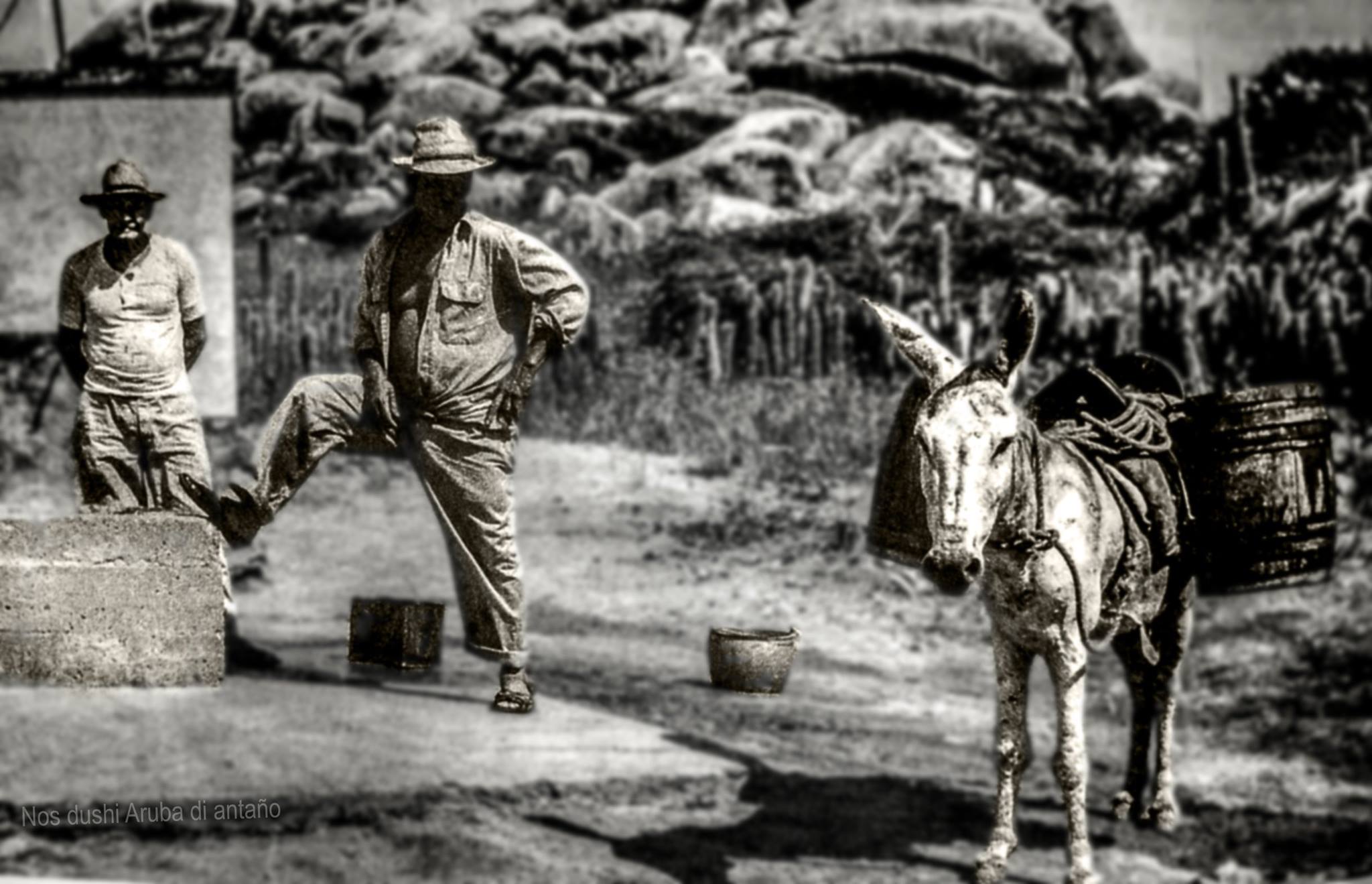
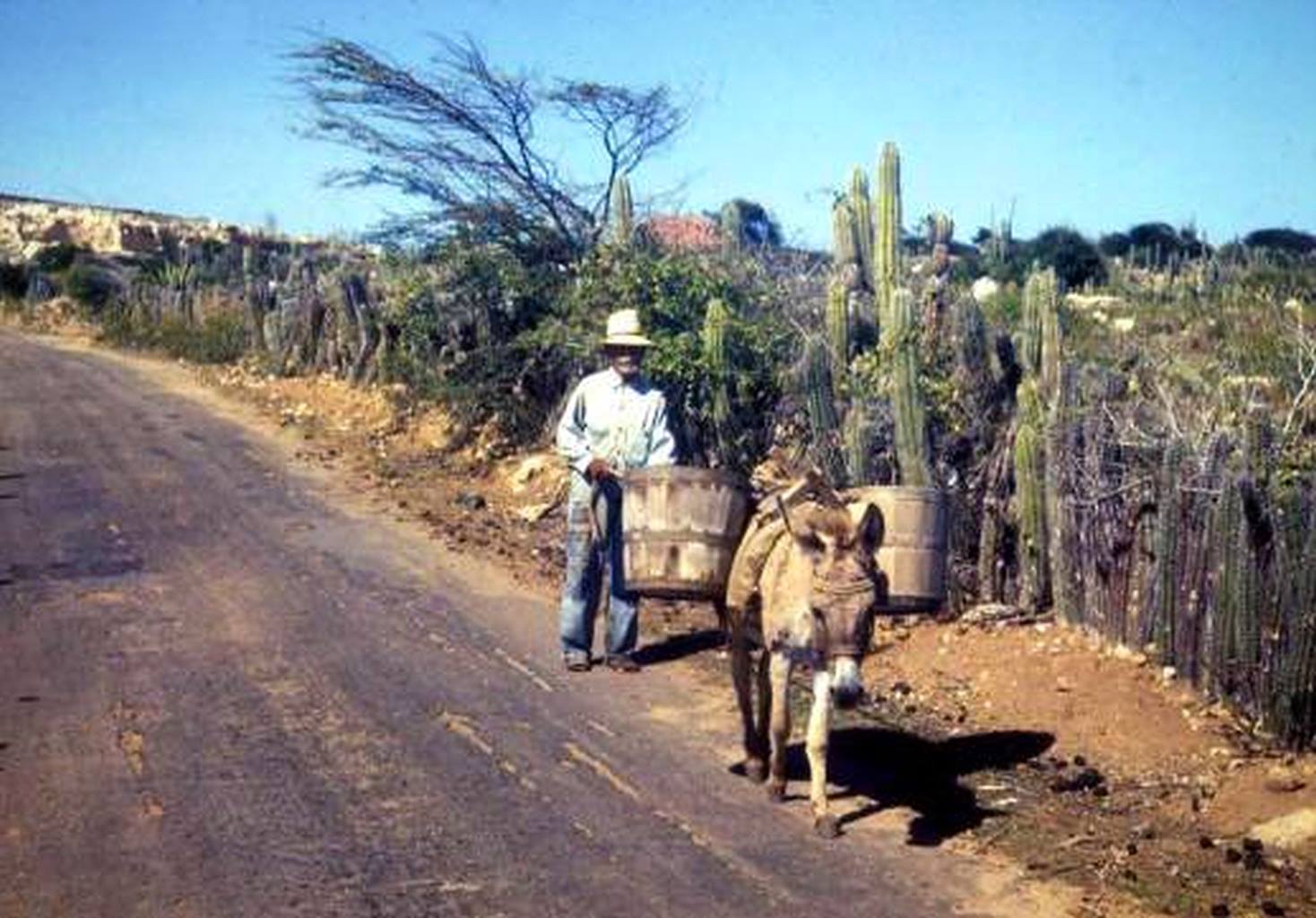
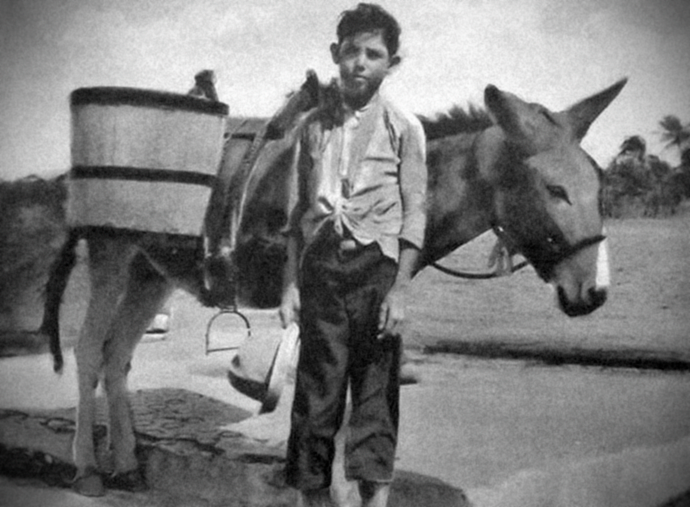

Selling the water down town Oranjestad
Replaced by cars
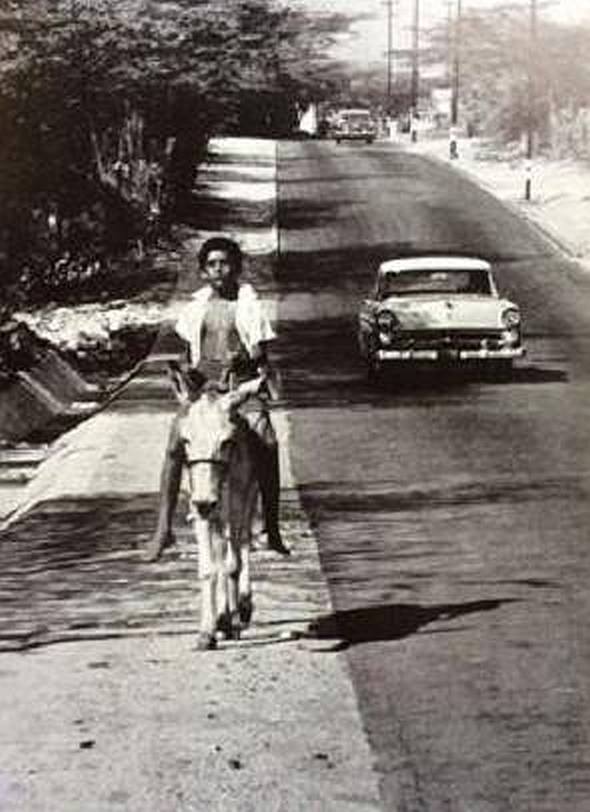
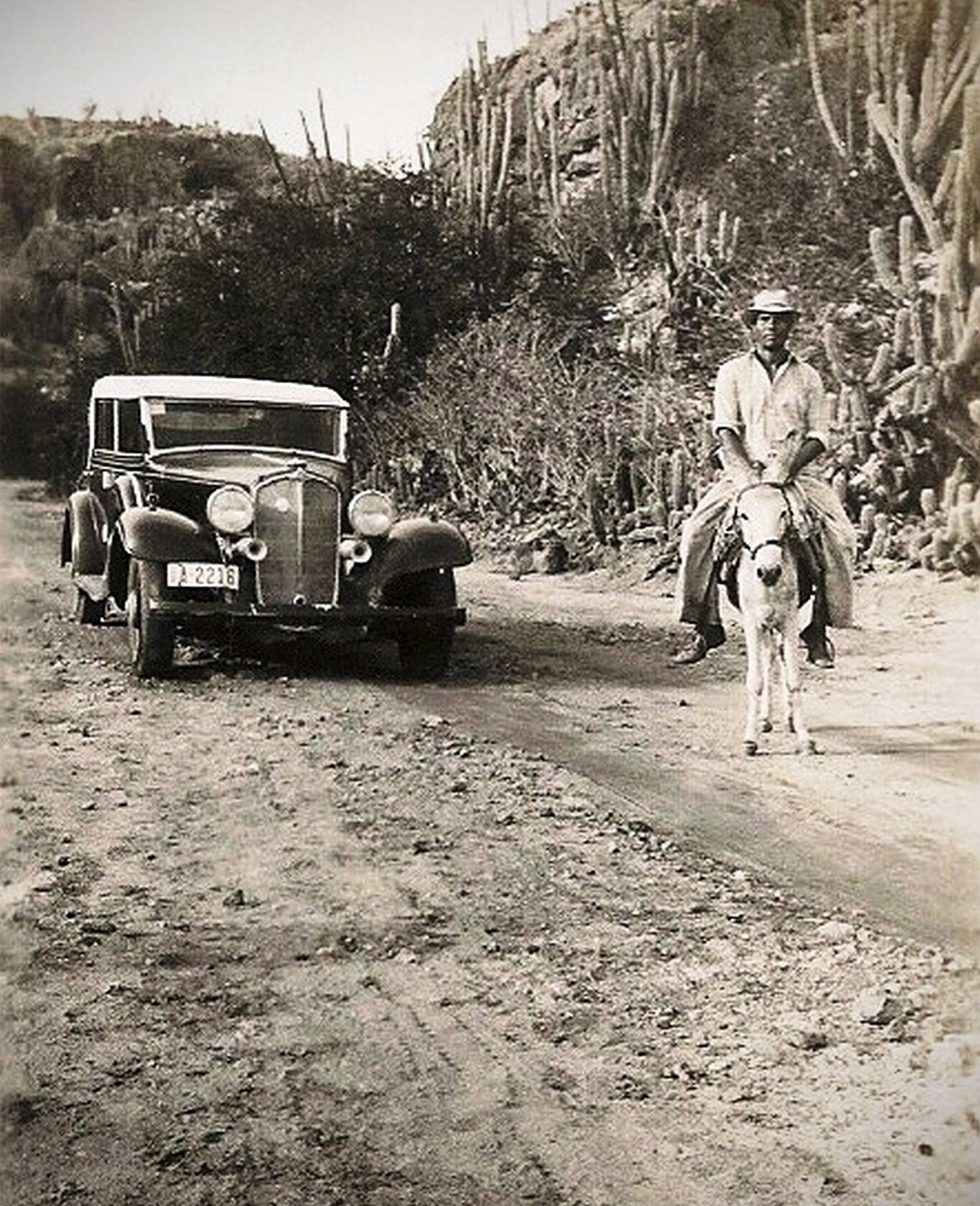
French Men's Pass 1930
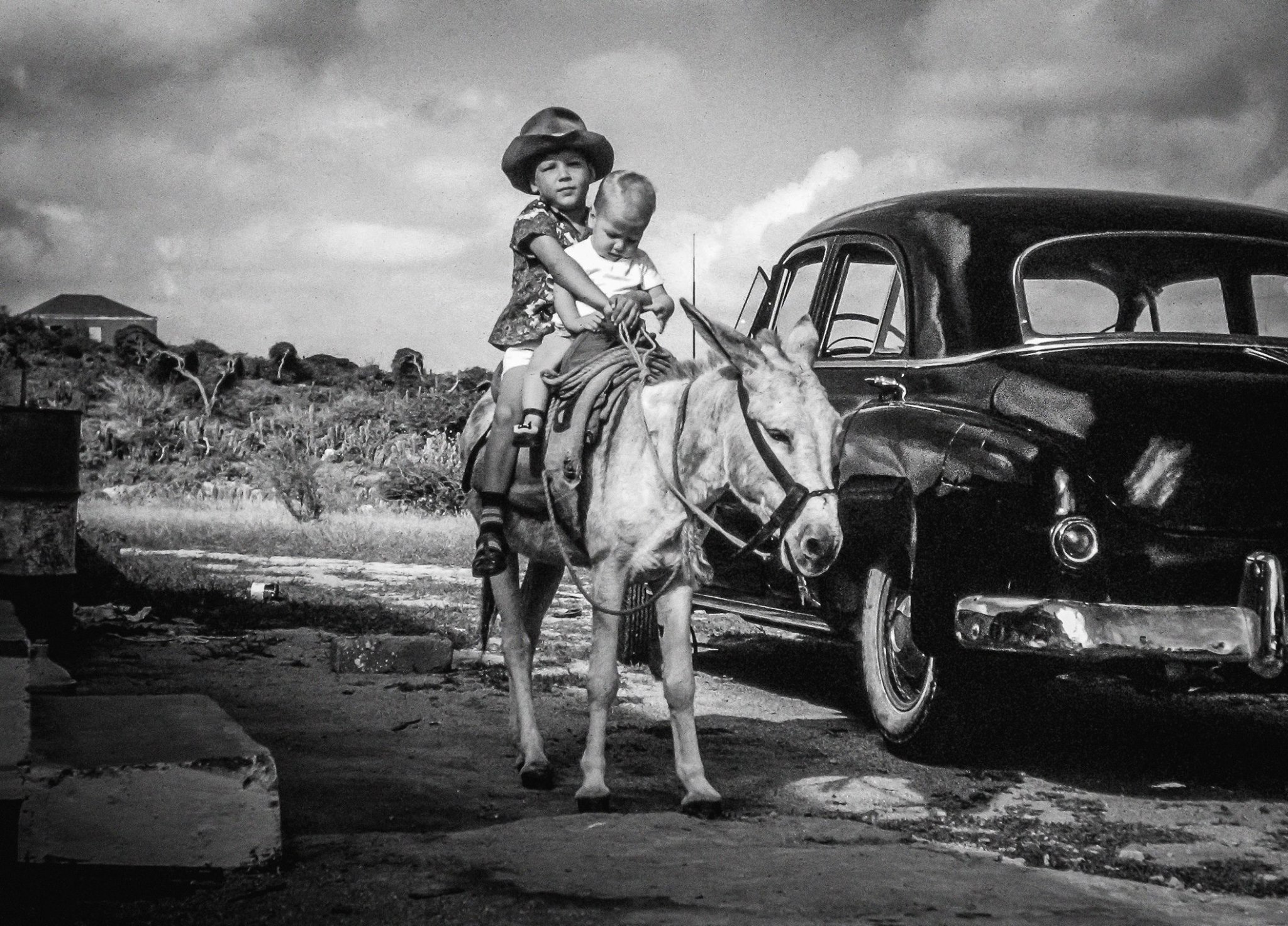
At work
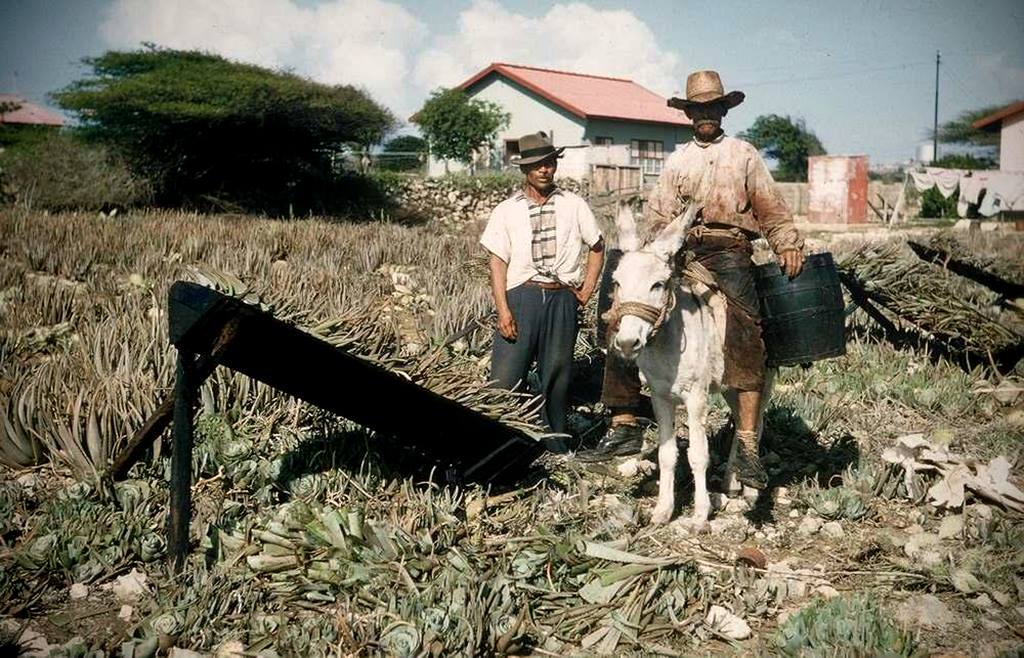 1964 at the Aloe plant/factory
1964 at the Aloe plant/factory
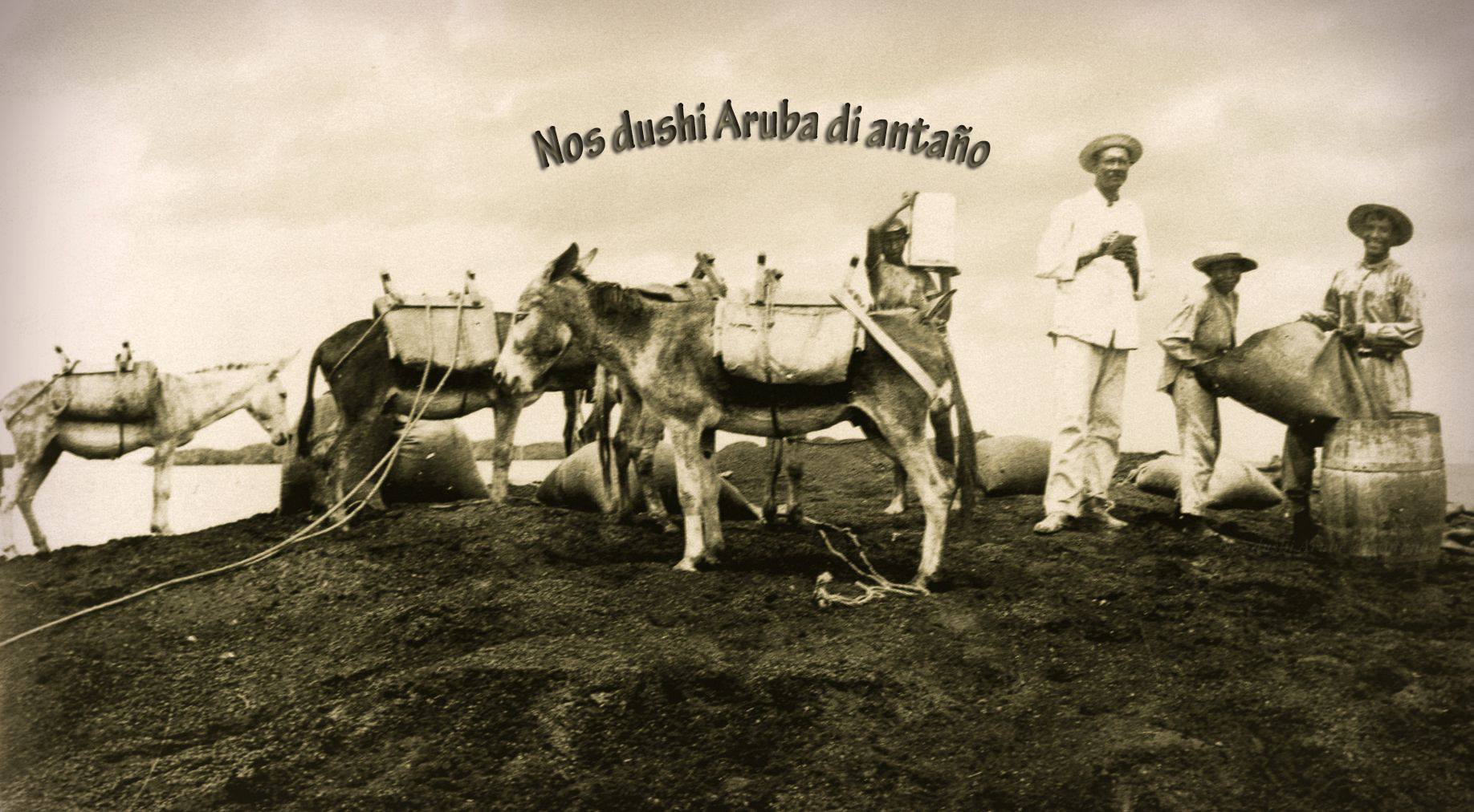 Donkeys at work
Donkeys at work
When there was no need for donkeys anymore, one by one was set free... 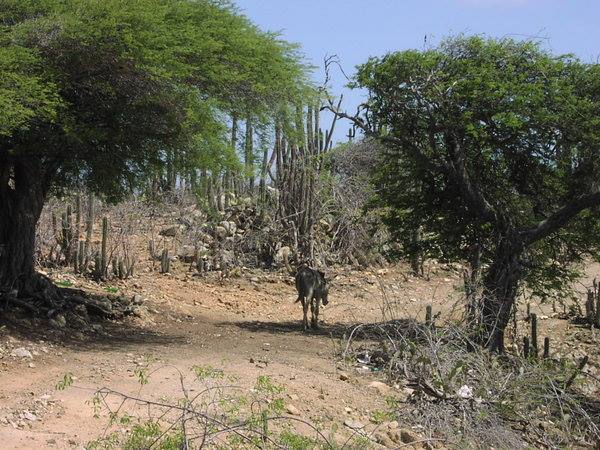
They could survive very well in this climate. The donkey is a desert animal and can do without water, if necessary, for 4 days. Adjusted to the local flora, they eat cactus, leaves from almost all the trees and of course the kwihi bean which they really love!
The car, who replaced them, became their mortal enemy. Hence the foundation Save our Donkeys was established April 14, 1997. The first donkeys come from Pos Chiquito where they kept crossing the main road and were being hit by cars. Another reason for our foundation: mistreatment by men.

Take Route 4a from the hotels and follow this road for 14 km, pass all the circles/roundabouts until you see a sign for the French Men’s Pass. Make a left turn onto the French Men’s Pass, then 1st left, 2nd right. On that dirt road you will find the Donkey Sanctuary after about 200 meters.
If you have a GPS device, navigate to these coordinates: N 12°48.974’ W 069°96.642’ This will bring you to the entrance of the Donkey Sanctuary.
Or use Google Maps Directions
